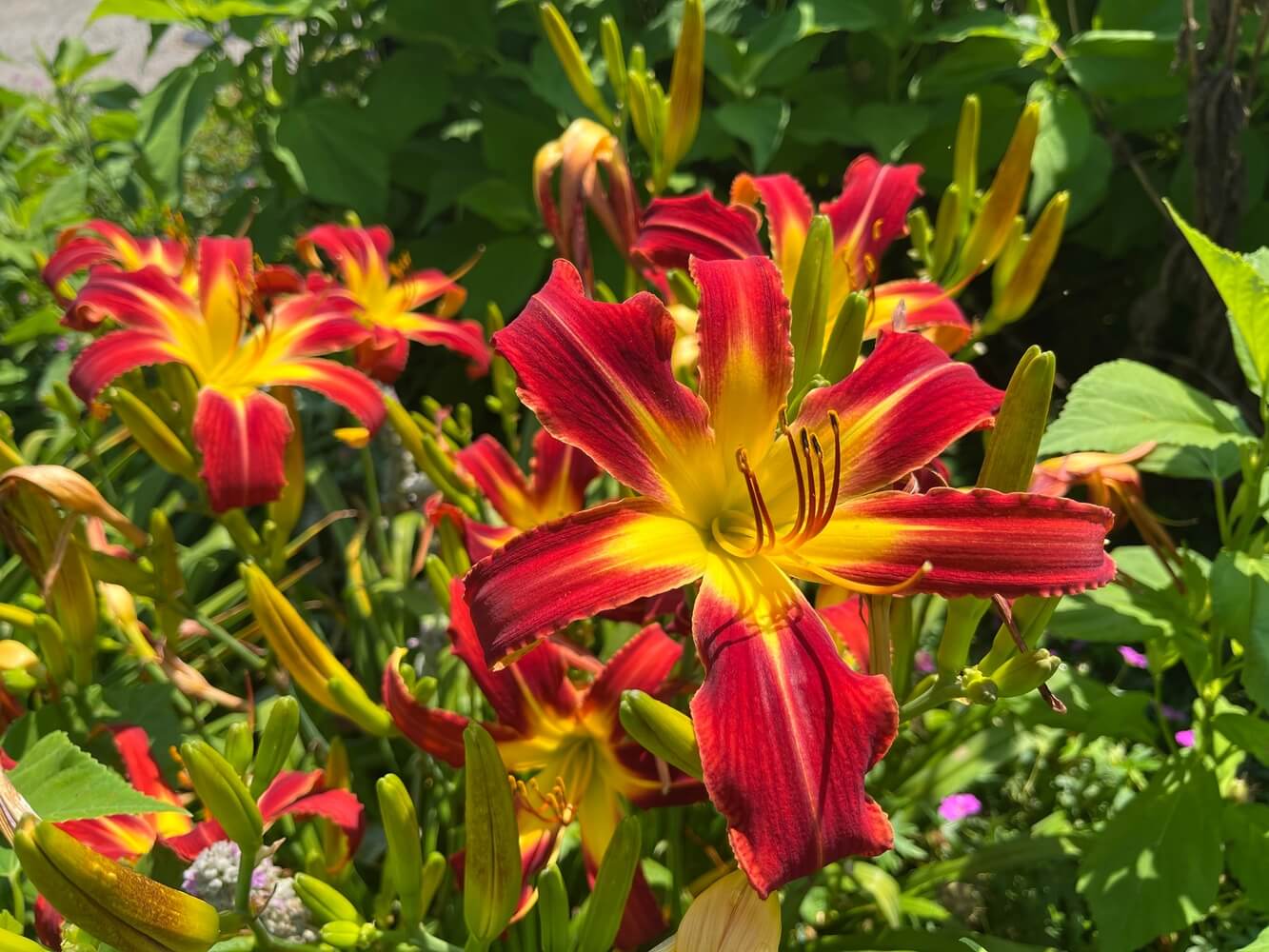Sun Perennials – Bright Blooms That Return Year After Year
Some plants just love the sun—and thrive in it. If you’re working with a yard that gets full sun for most of the day, you’ll want perennials that can handle the heat and reward you with long-lasting color. Our collection of sun perennials brings together tough, beautiful varieties that bloom boldly through the brightest parts of the season. These plants don’t just survive the sun—they shine in it.
Perennials That Love the Light
At TN Nursery, we’ve grown and selected perennials that perform best in sunny conditions. These are plants that stand tall, bloom hard, and return every season stronger than before. Whether you're filling out a border, creating a pollinator patch, or building a full-sun flower bed, we have sun-loving choices that look good all summer long with minimal upkeep.
Customer Favorites for Sunny Gardens:
- Black-Eyed Susan – A golden classic that blooms deep into fall.
- Coneflower (Echinacea) – Bold, upright, and loved by pollinators.
- Blanket Flower – A long bloomer with fiery tones that thrives in heat.
- Daylilies – Low-maintenance and loaded with color from summer to frost.
Why Gardeners Choose TN Nursery for Sun Perennials
We grow strong, healthy bare-root perennials ready to take off in your garden. Every plant is selected for vigor, beauty, and resilience. When you order from TN Nursery, you’re not just getting a plant—you’re getting a dependable foundation for a vibrant, sun-drenched garden.
Browse our sun perennials today and discover reliable bloomers that will light up your yard, season after season.
